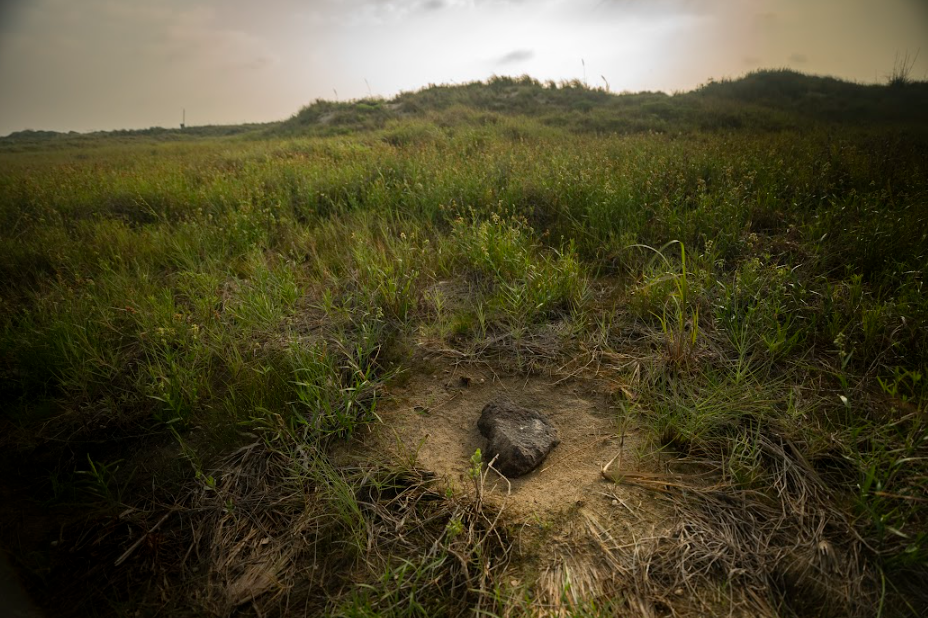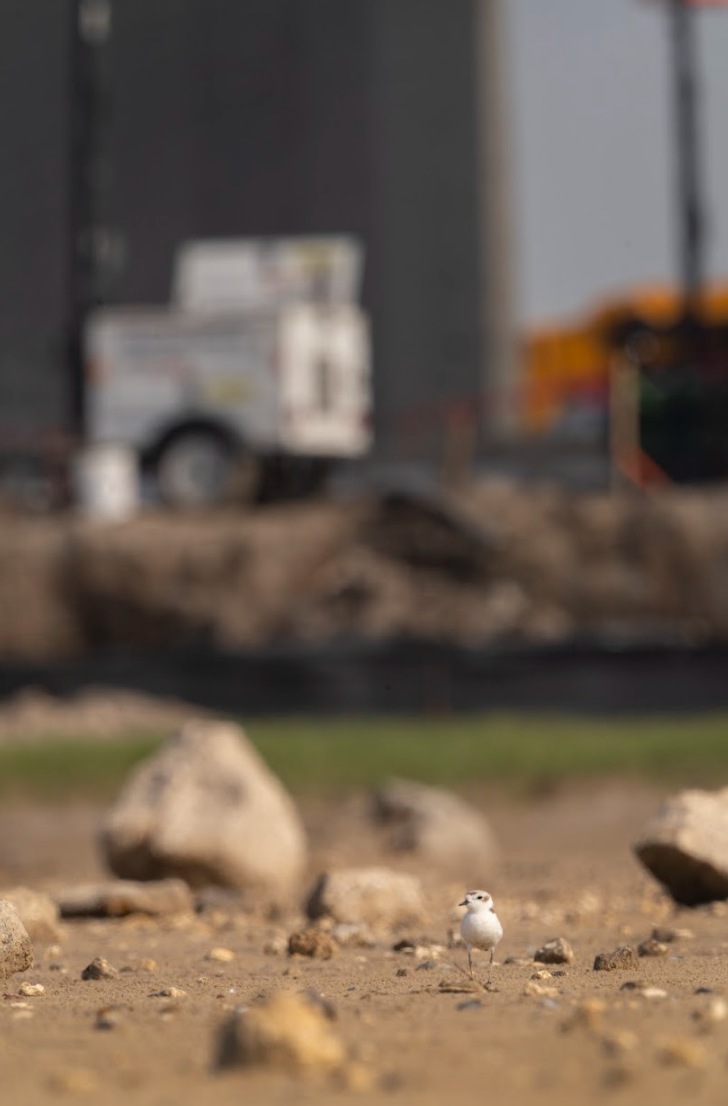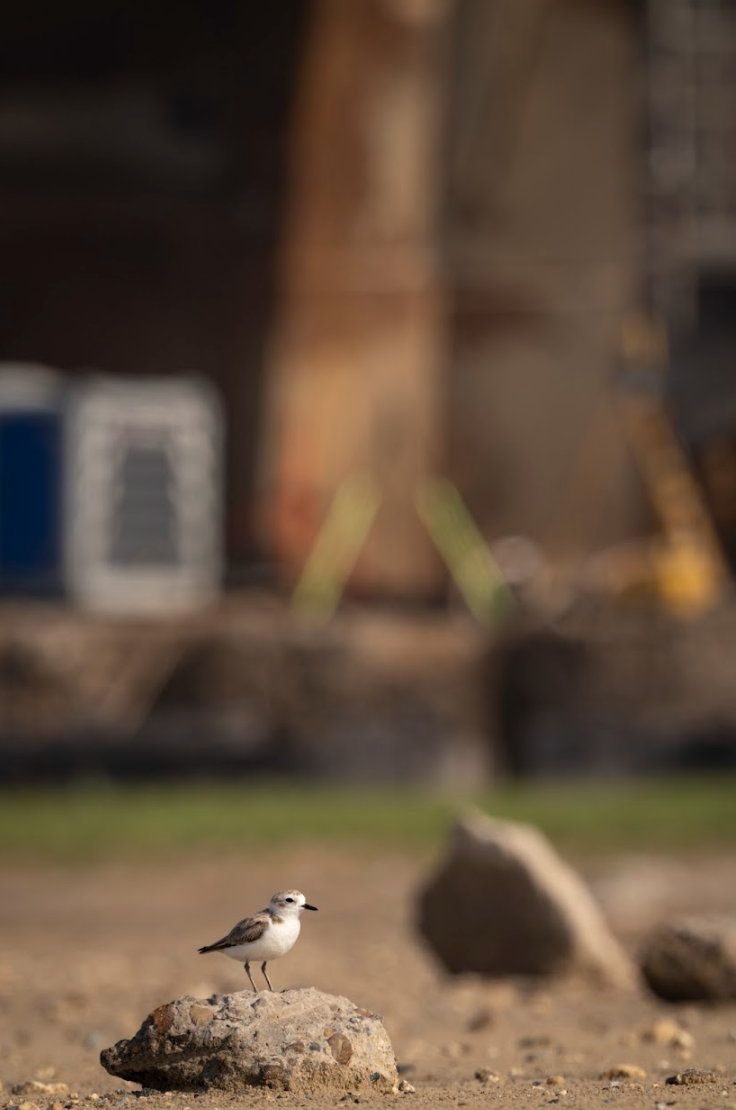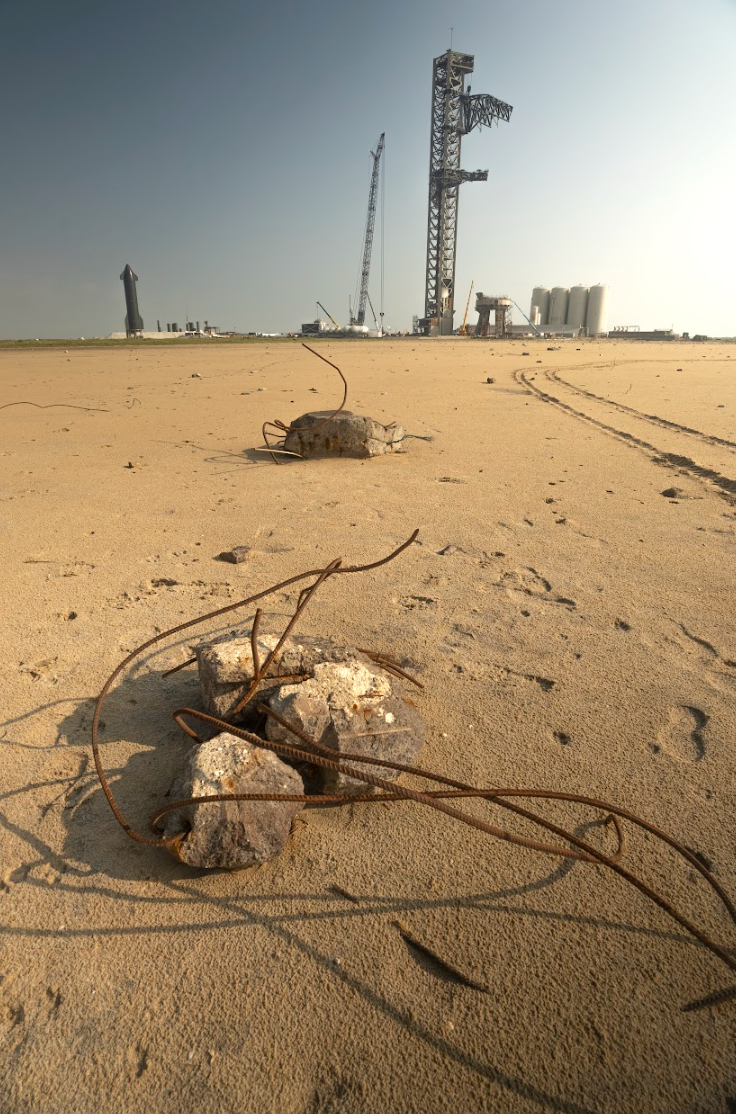Unveiling SpaceX's Social and Environmental Challenges
In mid-2023, we traveled to Boca Chica, Texas, delving into the often overlooked facets of space exploration. Despite the influx of resources into research and development, little attention has been paid to monitoring the profound implications this pursuit imposes on the local environment and wildlife. Collaborating closely with Defenders of Wildlife, we sought a deeper understanding of SpaceX's environmental footprint and explored proactive measures to mitigate its impact.
SpaceX’s Starbase is within the range of ten threatened or endangered species, including iconic species like the ocelot, aplomado falcon, and Kemp’s Ridley Sea turtle. The SpaceX launch site is surrounded by national wildlife refuge land and state park land. Surrounding tidal flats that host many wading bird species, and beaches used by nesting sea turtles. These protected areas and species are disproportionally impacted by sound waves and blasts of explosions at the site during launch activity. We need to halt experimental rocketry operations to initiate a new environmental assessment (EIS) to better understand the short and long term impacts these operations are having on these landscapes and their resident animals. - Defenders of Wildlife
The environment surrounding SpaceX's facility in Boca Chica, Texas, holds a unique blend of coastal ecosystems and sensitive wildlife habitats. This region boasts diverse flora and fauna, including marshlands, dunes, and vital nesting grounds for several endangered species, like the Kemp's ridley sea turtle. The rapid development and frequent rocket launches have sparked concerns about potential disruptions to these delicate ecosystems, from noise pollution impacting local wildlife to alterations in the landscape and potential contamination of nearby water bodies. Debris from earlier failed launches can still be seen among the protected sand dune habitats which are public lands.
Another species of great concern
The snowy plover, a small shorebird native to North and South America, inhabits coastal areas, particularly sandy beaches and salt flats. With its pale plumage perfectly adapted to blend with sandy surroundings, this charming bird faces significant challenges due to habitat loss and human disturbance. Known for its endearing nesting habits—creating shallow scrapes in the sand—the snowy plover's survival often depends on the protection of its nesting sites. Efforts by conservationists and coastal management programs aim to safeguard these nesting areas and mitigate human interference to ensure the continued existence of this delightful and vulnerable species. Yet in Boca Chica, Texas, this species is regularly bombarded with flaming debris, putting it at risk of local extinction. In 2023, sparks from a nearby explosion caught a large three acre nesting area on fire.
The first step to mitigating this issue is to re-evaluate the impact, and conduct a proper Environmental Impact Survey for the region and set new regulations on the industry to balance space exploration and environmental preservation. Learn more by visiting Defenders of Wildlife’s website and their news center.
More about Space X
SpaceX, founded by Elon Musk in 2002, is a modern space exploration private company. With a vision to revolutionize space technology and make life multi-planetary. While SpaceX has achieved significant milestones in space exploration, concerns and criticisms have emerged regarding certain aspects of its operations. Critics highlight issues such as environmental impacts from rocket launches, including potential air and water pollution. The high frequency of launches has raised worries about space debris, contributing to the growing congestion in Earth's orbit and the risks it poses to other satellites and spacecraft. Additionally, some express reservations about the prioritization of ambitious projects, like Mars colonization, over addressing more immediate global challenges. Critics also point out that SpaceX's rapid development pace might compromise safety standards, potentially endangering astronauts and spacecraft. These concerns prompt ongoing discussions about the balance between innovation, environmental responsibility, and safety in the realm of space exploration.






